#rain science
Text

Dancing Cloud
Jan. 1, 2024
New Years Day was an invigorating high OR day in the mountains. We had blue skies, few flyers, and a few joyous "confirmation clouds," the type of OR cloud that tells us the sky is negatively ionized.
This was in contrast to yesterday's mixed sky, with OR and DOR both existing together, as OR gradually overtook DOR by the end of the day (it always does).
We are between snow storms and the atmosphere is gearing up for the next one. There is always a shift to DOR, then a shift to OR and a clearing before a storm. Sometimes it happens more than once. Since snow is on the forecast for tomorrow night, it stands to reason we may see another such shift to DOR and back to OR before the precipitation begins.
#orgone#orgone energy#orgonite#clouds#weather#snow#mountains#california#negative ions#rain science#atmospheric science#free energy#planetary healing#geo-restoration#winter#winter weather
7 notes
·
View notes
Text
As relentless rains pounded LA, the city’s “sponge” infrastructure helped gather 8.6 billion gallons of water—enough to sustain over 100,000 households for a year.
Earlier this month, the future fell on Los Angeles. A long band of moisture in the sky, known as an atmospheric river, dumped 9 inches of rain on the city over three days—over half of what the city typically gets in a year. It’s the kind of extreme rainfall that’ll get ever more extreme as the planet warms.
The city’s water managers, though, were ready and waiting. Like other urban areas around the world, in recent years LA has been transforming into a “sponge city,” replacing impermeable surfaces, like concrete, with permeable ones, like dirt and plants. It has also built out “spreading grounds,” where water accumulates and soaks into the earth.
With traditional dams and all that newfangled spongy infrastructure, between February 4 and 7 the metropolis captured 8.6 billion gallons of stormwater, enough to provide water to 106,000 households for a year. For the rainy season in total, LA has accumulated 14.7 billion gallons.
Long reliant on snowmelt and river water piped in from afar, LA is on a quest to produce as much water as it can locally. “There's going to be a lot more rain and a lot less snow, which is going to alter the way we capture snowmelt and the aqueduct water,” says Art Castro, manager of watershed management at the Los Angeles Department of Water and Power. “Dams and spreading grounds are the workhorses of local stormwater capture for either flood protection or water supply.”
Centuries of urban-planning dogma dictates using gutters, sewers, and other infrastructure to funnel rainwater out of a metropolis as quickly as possible to prevent flooding. Given the increasingly catastrophic urban flooding seen around the world, though, that clearly isn’t working anymore, so now planners are finding clever ways to capture stormwater, treating it as an asset instead of a liability. “The problem of urban hydrology is caused by a thousand small cuts,” says Michael Kiparsky, director of the Wheeler Water Institute at UC Berkeley. “No one driveway or roof in and of itself causes massive alteration of the hydrologic cycle. But combine millions of them in one area and it does. Maybe we can solve that problem with a thousand Band-Aids.”
Or in this case, sponges. The trick to making a city more absorbent is to add more gardens and other green spaces that allow water to percolate into underlying aquifers—porous subterranean materials that can hold water—which a city can then draw from in times of need. Engineers are also greening up medians and roadside areas to soak up the water that’d normally rush off streets, into sewers, and eventually out to sea...
To exploit all that free water falling from the sky, the LADWP has carved out big patches of brown in the concrete jungle. Stormwater is piped into these spreading grounds and accumulates in dirt basins. That allows it to slowly soak into the underlying aquifer, which acts as a sort of natural underground tank that can hold 28 billion gallons of water.
During a storm, the city is also gathering water in dams, some of which it diverts into the spreading grounds. “After the storm comes by, and it's a bright sunny day, you’ll still see water being released into a channel and diverted into the spreading grounds,” says Castro. That way, water moves from a reservoir where it’s exposed to sunlight and evaporation, into an aquifer where it’s banked safely underground.
On a smaller scale, LADWP has been experimenting with turning parks into mini spreading grounds, diverting stormwater there to soak into subterranean cisterns or chambers. It’s also deploying green spaces along roadways, which have the additional benefit of mitigating flooding in a neighborhood: The less concrete and the more dirt and plants, the more the built environment can soak up stormwater like the actual environment naturally does.
As an added benefit, deploying more of these green spaces, along with urban gardens, improves the mental health of residents. Plants here also “sweat,” cooling the area and beating back the urban heat island effect—the tendency for concrete to absorb solar energy and slowly release it at night. By reducing summer temperatures, you improve the physical health of residents. “The more trees, the more shade, the less heat island effect,” says Castro. “Sometimes when it’s 90 degrees in the middle of summer, it could get up to 110 underneath a bus stop.”
LA’s far from alone in going spongy. Pittsburgh is also deploying more rain gardens, and where they absolutely must have a hard surface—sidewalks, parking lots, etc.—they’re using special concrete bricks that allow water to seep through. And a growing number of municipalities are scrutinizing properties and charging owners fees if they have excessive impermeable surfaces like pavement, thus incentivizing the switch to permeable surfaces like plots of native plants or urban gardens for producing more food locally.
So the old way of stormwater management isn’t just increasingly dangerous and ineffective as the planet warms and storms get more intense—it stands in the way of a more beautiful, less sweltering, more sustainable urban landscape. LA, of all places, is showing the world there’s a better way.
-via Wired, February 19, 2024
#california#los angeles#water#rainfall#extreme weather#rain#atmospheric science#meteorology#infrastructure#green infrastructure#climate change#climate action#climate resilient#climate emergency#urban#urban landscape#flooding#flood warning#natural disasters#environmental news#climate news#good news#hope#solarpunk#hopepunk#ecopunk#sustainability#urban planning#city planning#urbanism
14K notes
·
View notes
Text
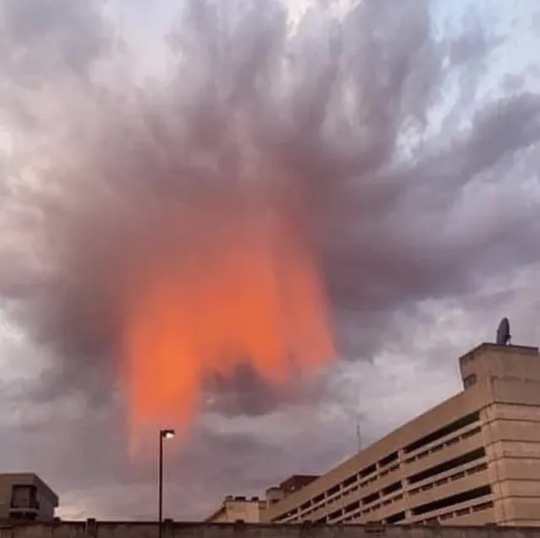

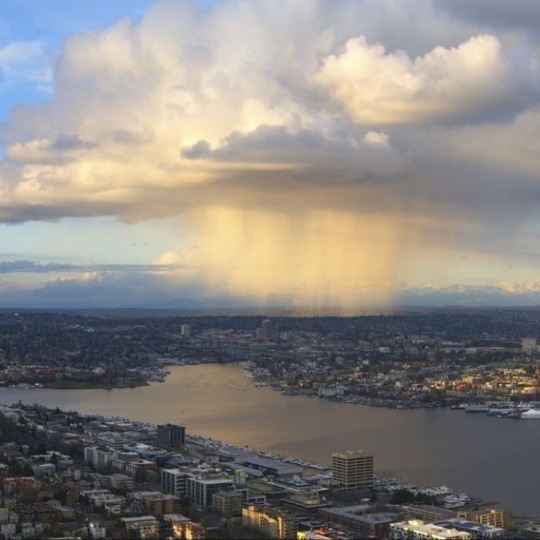

Virga, the phenomenon of rain not reaching the ground. Virga is produced when rain is falling from the base of the cloud but evaporates in dry air before reaching the ground surface.
35K notes
·
View notes
Text
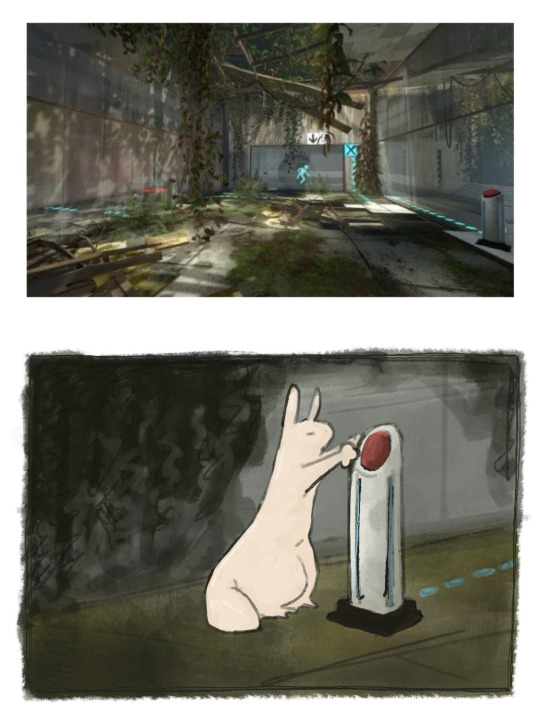
another background practise but this time not exactly rain world
#my art#rain world#rainworld#slugcat#background#practice#practise#have no idea how to spell practise#i think aperture science should be honoured to have such a guest#portal#portal 2#aperture science#oh my i didn’t realise how late it is#goodnight tumblr#i need a name for you guys#drop your name suggestions in the comments 😋😋
3K notes
·
View notes
Text
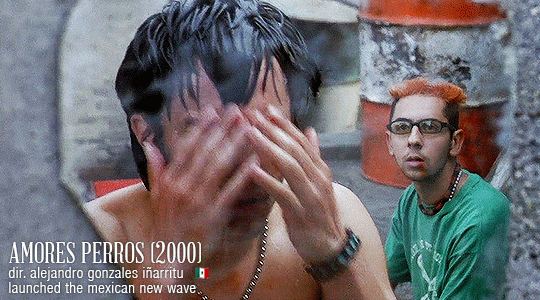







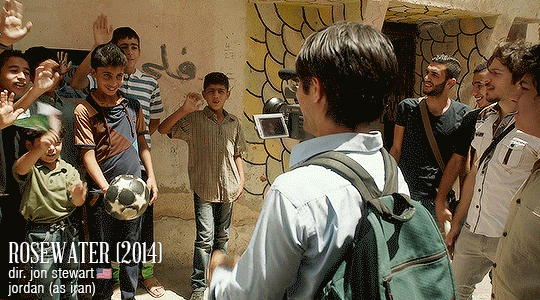






“My journey has been very free. I’ve been able to work in different parts of the world and on projects that don’t necessarily obey a typical journey of a person that wants to be famous or work in film. I want young actors to know you don’t have to follow a set line to have a career. Sometimes the line is drawn for actors from the English language. But in my case I can reinvent myself all the time.” — Gael García Bernal (Total Film, 07/2021)
Also: Uruguay (El ojo en la nuca, 2001), Sweden & Thailand (Mammoth 2010), Canada (Blindness 2008, Zoom 2015), Brazil (El pasado 2007, Zoom 2015), Serbia (Zalet), Germany (Herzog's Salt&Fire 2016), Cuba (Wasp Network, 2019), Dominican Republic (Old, 2021)
#world cinema prince#gael garcía bernal#filmography#a bit focused on geography#but also i cant leave out some of the best ones aaa#told yall it would be extra lmao!#gael garcia bernal#amores perros#y tu mama tambien#diarios de motocicleta#the motorcycle diaries#bad education#la mala educacion#(dot the i we need your 4k restoration)#the science of sleep#(padre amaro and cursi im sorry)#even the rain#the loneliest planet#no 2012#rosewater 2014#mozart in the jungle#neruda 2016#museo 2018#it must be heaven#station eleven#cassandro#gifs#ggbedit#filmedit#dailyworldcinema
2K notes
·
View notes
Text
Science diagram that looks like a shitpost but with rain world music
2K notes
·
View notes
Text
Donna: I can’t find the Doctor, has anyone seen them?
Rose: He’s in the living room listening to music and staring dramatically out the window
Donna: Again? It’s not even raining
Rose: I turned the sprinkler toward the house to see what they’d do
#doctor who#fourteenth doctor#what’s fourteen up to#donna noble#rose noble#she would#the doctor sits and leans against the window like the Star of a 2007 music video#nearly every time it rains#so she formed a hypothesis and tested it for science
511 notes
·
View notes
Text

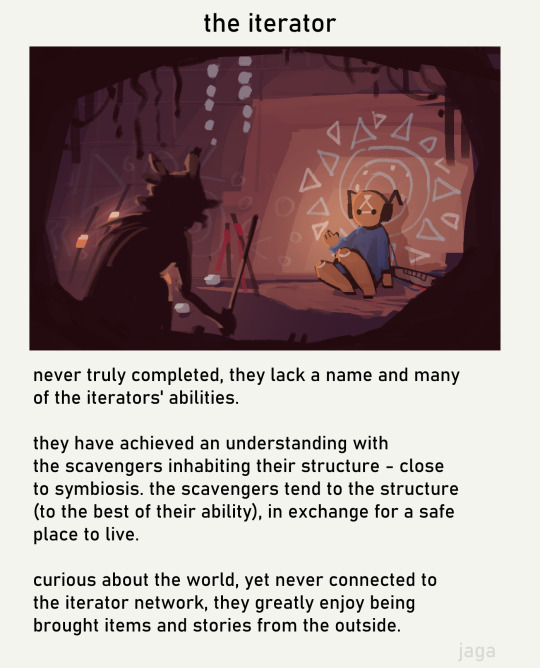

when the. when you
this came to me in a vision yesterday. closest thing to an oc i've made for media i like.....
arid outpost, a region i imagine lies way beyond outer expanse? i know that in downpour, the direction they went in was No iterator rain -> no warmth, but the opposite seemed fun to me
#rain world#rain world oc#yes im tagging it as that.#see you in a couple of years when i get that computer science degree#my art#arid outpost
1K notes
·
View notes
Text
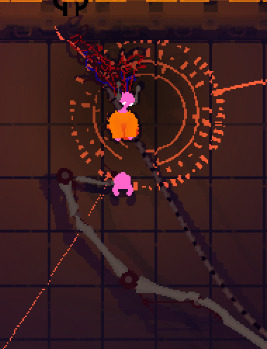
ripping him in half to see the truth of his ridiculous stubby legs
#part 2 of tormenting five pebbles for science!#interesting that the puppeteer arm attaches to his lower body..#It's almost always portrayed as attaching to the back. even in official art I think#but cool to know that isn't the case in-game#mousedrag mod my beloved#rain world#rainworld#five pebbles#rw five pebbles#rw spoilers#I suppose !
1K notes
·
View notes
Text
Love, Death & Robots - S2E3 - Pop Squad (2021)
#cyberpunk aesthetic#blade runner#cyberpunk#scifi movies#scifi#megacity#skyscraper#cyberpunk movies#science fiction#rainyday#rainymood#rain#flying car#hovercraft#dilapidated#clouds#sky#sunset#sunrise
284 notes
·
View notes
Text

Alien: Romulus (2024)
#2024#film#movie#science fiction#Alien: Romulus#Alien#Romulus#Fede Alvarez#Archie Renaux#Tyler#Cailee Spaeny#Rain Carradine#Isabela Merced#Kay#David Jonsson#Andy#Xenomorph#F44AA#pulse rifle
185 notes
·
View notes
Text
I find so much comfort in thunderstorms.
It's like reuniting with an old friend after a long time.
It's like eating a warm cookie with a comfy sweater on Christmas.
It's like reading once again that book that made you fall in love with reading.
It's home.
#academia aesthetic#dark academia#classic academia#academia#dark academia aesthetic#poems#bookblr#poetic#chaotic academic aesthetic#art academia#science academia#poetry#rain#rainblr#rainy weather#thunderstorm
979 notes
·
View notes
Text

Perseid Meteor Rain
1K notes
·
View notes
Text

Grrr… himb is angry! To survive the heat of summer, the giant rain frog (Breviceps gibbosus) burrows underground. At about 1.8 in (4.5 cm) long, it’s the largest of all rain frogs and can be found in parts of Africa including South Africa. This species begins calling during the first rains of winter and continues to vocalize day and night during wet weather. When threatened, it can blow up like a balloon, intimidating foes with sudden roundness.
Photo: Joshcrickmay, CC BY-NC 4.0, iNaturalist
527 notes
·
View notes
Text
ever wonder what happens if you finish rivulet's campaign after having killed moon?
no? just me?
327 notes
·
View notes
Text
TF2 SFM fanworks are REALLY good. Like no joke, they're so amazing. I've been off and on in the fandom for 10 years, only really started appreciating it a couple of months ago, and TF2 fans are so creative it's bewildering, so this post is dedicated to rambling about fanworks:

Emesis Blue is an obvious fanwork everyone in the TF2 community knows about. It's scary, and while yes there're moments in the movie that make you chuckle at the ridiculousness, those moments are by FAR outweighed by horrifying moments, the mystery that surrounds just about everything, and make you question what's real and what's not real.

Lil Pootis is an animation fanwork that really just shows what life is like for this little bird. It doesn't have much conflict in the overall story besides medimedes despising scout, it's overall a great watch if your looking to pass your time with something cute and fun.

"He Blinded Me with Science~!" By CookieCatSU
A novella on AO3 about Engineer wanting to bag Medic (who's also dating Heavy). It's light hearted and adorable watching Engineer trying to pick up the oblivious Medic. The personalities are on point, and while it does take a while to get to the point, it's totally worth it.

"It Came With The Rain" By FiveBucksWorthy2
I briefly talked about this one before but this is a really good read for those wanting to be scared! It's enthralling and the premise is terrifying. It does have its flaws, especially with the monster and the tension of the situation slightly disappearing with the reveal of said monster, but the characters personal conflict keep you reading! Highly recommend like everything else on this list!!

"Kith And Kin" By BOREDGrace23
I'm a little hesitant to mention this one since it's still ongoing, but it REALLY needs more attention. It was inspired by both Emesis Blue and It Came With The Rain. Each chapter has a drawing, the lack of details for the monster is terrifying and it plays with the concept of the blus being clones. But it does take a while to get to the point and there are some points where it's confusing. Still a REALLY good read.
Was this entire thread an excuse to talk about "He Blinded Me with Science~!"? Yeah. But I still recommend everything on this list! I'll probably make another list soon but right now it's my nap time
#tf2#team fortress 2#emesis blue#lil pootis#he blinded me with science#it came with the rain#kith and kin#tf2 scout#tf2 demoman#tf2 heavy#medic tf2#sniper tf2#tf2 engineer#tf2 pyro
137 notes
·
View notes